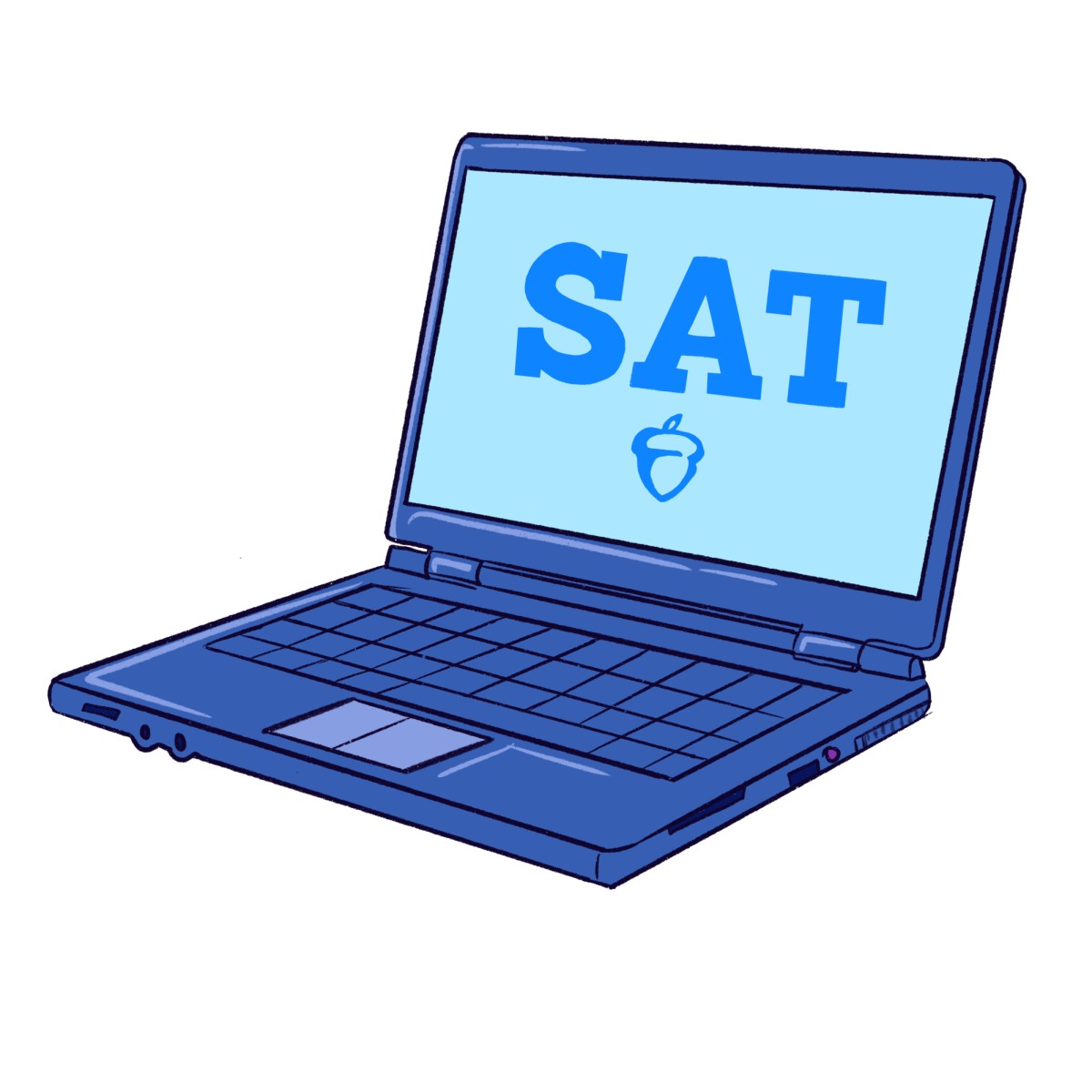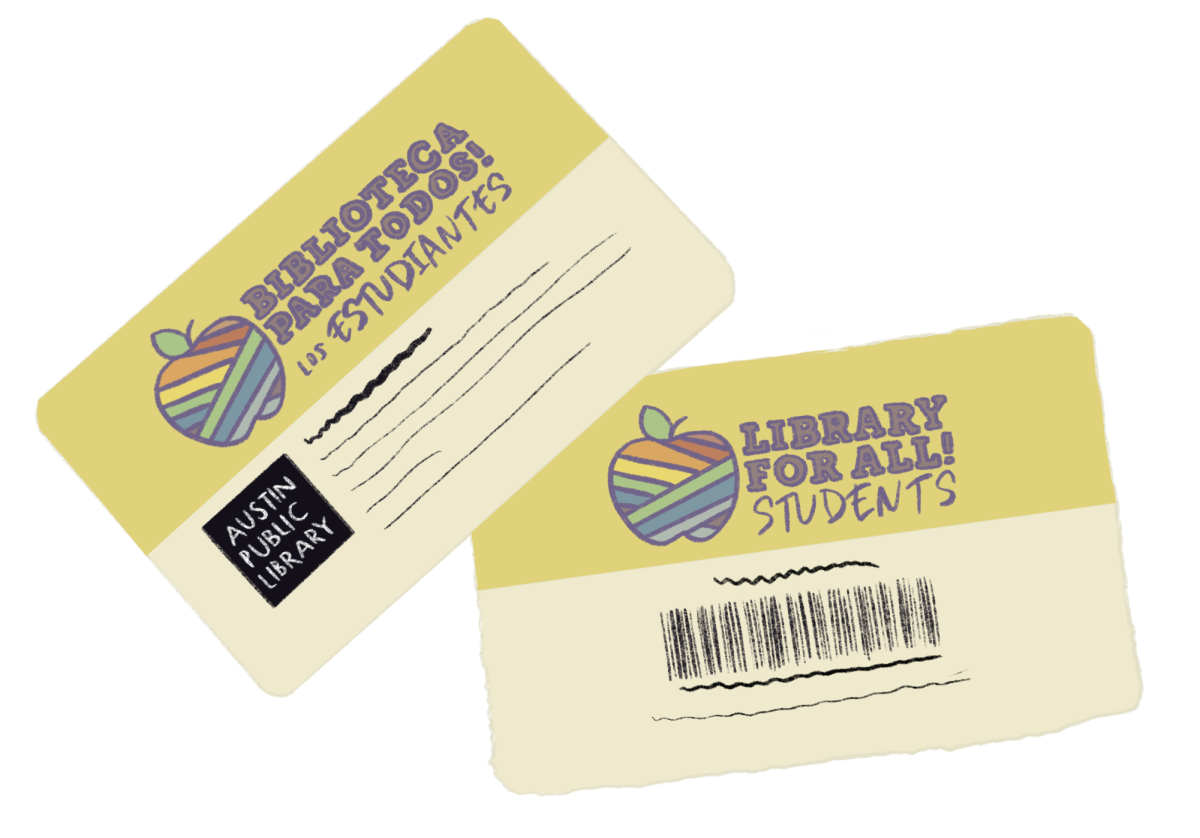The College Board announced in early 2022 that the SAT testing format will change from a physical test to an online one starting in 2024. The current paper and pencil multiple-choice test will no longer be offered, giving way to a modern-day digital format that aims to be more efficient by removing intermediate steps in the process. With this change comes many questions from students such as what aspects of the test have changed, how it will affect the students, and what this change will mean for future testing.
The new digital format will enable the College Board to use an adaptive testing approach, allowing for a more personalized assessment. The new format is intended to achieve a more accurate evaluation of the student’s knowledge and skills. According to junior Helena Donovan, the new SAT format will be very similar to the new PSAT format.
“The SAT is using the same format as the PSAT,” Donovan said. “For instance, on a math-based section if you do really well on the first part, it recalibrates and gives you harder questions. So to get the highest score possible you would have to do really well on all the previous parts.”
Donovan also expressed a unique drawback of the change that will impact each student’s test-taking style or ability. She points out how some students may need to alter or improve their test-taking strategies.
“It is going to make certain parts of the test easier and maybe certain parts more difficult,” Donovan said. “Some students are not really good test takers, even if they are really good academically. This might come into play with other types of students taking the tests. Some just really need to be able to underline things when reading through passages, and not being able to do that by hand might make it more difficult for some students to comprehend.”
Junior Frogby Sachs commented on how the online format allows for many benefits while also creating new problems. They shared similar concerns about the technical impact and fairness improvement of the new format.
“I’m very worried about tech glitches, especially because many of us saw that in the first-ever digital PSAT,” Sachs said. “But I think the test will be more fair digitally since a literal computer is administering the test for you. There’s no way to go back and change your answers from previous sections.”
This new change is substantial and is causing a variety of thoughts among other students as well. As expressed by Donovan, many students were initially opposed to the idea of transitioning to an online format.
“I was initially a little upset because there are a lot of perks about doing something on paper,” Donovan said. “You can underline things, and sometimes, it’s just a better feeling to write something or just read something when it’s actually physical. So that kicked me a little bit.”
Junior Janani Easwar believes that though there are drawbacks to the new format like its adaptable nature, it will make standardized testing more efficient and accurate online. She considers it a sign that the future of standardized testing is and will continue to vastly change.
“The technology aspect is a huge change, as test administrators will have to get used to administering tests in a different format entirely,” Easwer said. “Even more important, however, is that if online tests continue to be adaptive, standardized testing may begin to reflect more accurate scores and may be taken more seriously, refuting the popular idea that standardized tests don’t accurately reflect the performance of people who take them.”
Sachs concluded their thoughts on the digitized SAT format by elaborating on a positive outlook and the benefits included in it. These benefits consist of things like the importance of environmental adaptations and logistical improvements.
“A digital test format is a great leap forward in terms of environmental concerns—as the non-digital SAT uses lots of paper—and in terms of accessibility,” Sachs said. “With a digital test, the test takers don’t have to go to a testing site, and the test itself is more easily adaptable to specific needs such as large print or extended breaks.”
In many industries such as healthcare and finance, much of the work has been transferred to a digital platform, and more digitization is expected moving forward, so the digitization of the SAT is not new. Considering all these factors, Donovan believes that shifting the SAT to a digital format is only a first step, and there are likely to be more changes in the future of standardized testing.
“I think if it seems to go really well in the next few years, most things will go online,” Donovan said. “That is kinda how standardized testing has started to move forward, and how technology has started to move forward. It just makes everything a lot more efficient.”






